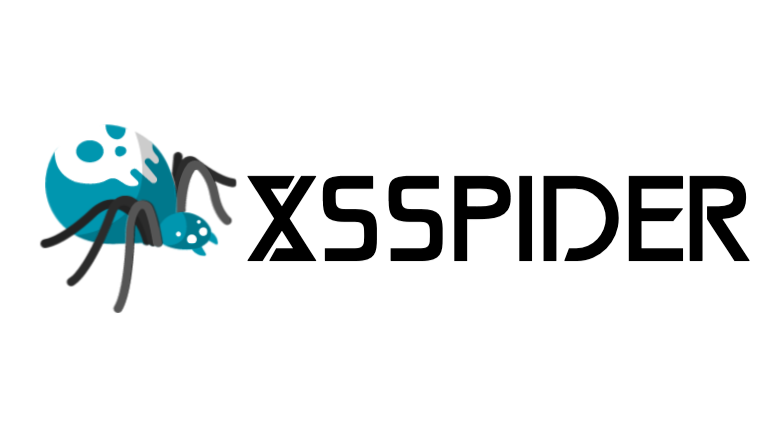Hack The Box - SneakyMailer Writeup





Today I’d like to talk a little bit about infrastructure as code. Infrastructure as code is when you write code to manage your cloud infrastructure. Having your infrastructure set up as code does wonders for your development cycle. The one thing I like the most about it, is that when you make a setting change, you can commit it. No more looking back at the resource settings and trying to figure out the magic checkbox you clicked last week that made things work in QA so you can reproduce it in Production. You just point the code to the Production account and fire it off.


I recently took the plunge into becoming a contracting developer. One of the most difficult things to decide is, what kind of hardware do I use? What kind of work should I focus on? How do I make sure I can handle whatever work comes across my path?


TLDR: I fixed the Svelte JS template to use Docker and offer live reloading. Check it out here.

I’ve been working on yet another app for a personal project that I plan on releasing for Android and iOS. I found myself in a pickle when it came to actually building the artifacts for the Apple App Store.

To build an app for the App Store, you need a few things. An identifier and a signing certificate are the main ones. If you’re using something like Azure DevOps to build an app for iOS, you may not have a mac to follow Apple’s guides to generating a certificate. In this post I’m going to explain how to get an Apple certificate from a Windows machine.